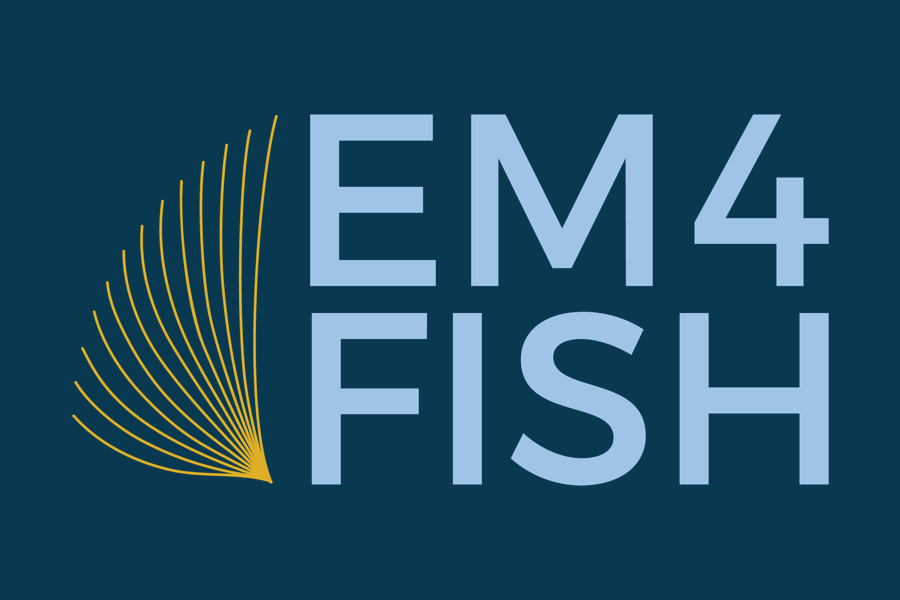Elizabeth Fetherston1, Adam Batty2, Martina Beck2, Todd Philips1, Carole Neidig3, Thomas King3
1The Ocean Conservancy, 2Archipelago Marine Research, 3Mote Marine Laboratory
The Gulf of Mexico (GOM) commercial Reef Fishery includes 42 species targeted using horizontal and vertical longline gear. Ocean Conservancy and the GOM Reef Fish Shareholders’ Alliance tested the use of electronic monitoring (EM) to evaluate the suitability of EM to capture at-sea fishery data. The fishery is currently catch data poor and the goal was to design a technology based monitoring program to validate self reported data. EM systems were used for six months starting February, 2012, on two horizontal and five vertical longline gear vessels. Captains were asked to complete logbooks for each trip and event. An observer was deployed on nine trips to collect comparable data. EM data were reviewed to identify all events within each trip, and a minimum of 15% of events were selected for complete catch documentation. EM data capture success was 76.2% of the total time at sea, and imagery was collected for 99.9% of all fishing events. Comparisons made between EM reviewer and observer data for thirteen randomly selected events indicated that EM reviewers documented 94% of catch on vertical longline vessels and 90% of catch on horizontal longline vessels compared to observer data. Differences in total catch were largely due to discarded catch being miscategorised as retained or handled out of camera view. An expansion of the project led by Mote Marine Laboratory is underway on 10 longline vessels, with a focus on developing installation, review, and data management methodologies to further expand the use of EM within the fishery.

